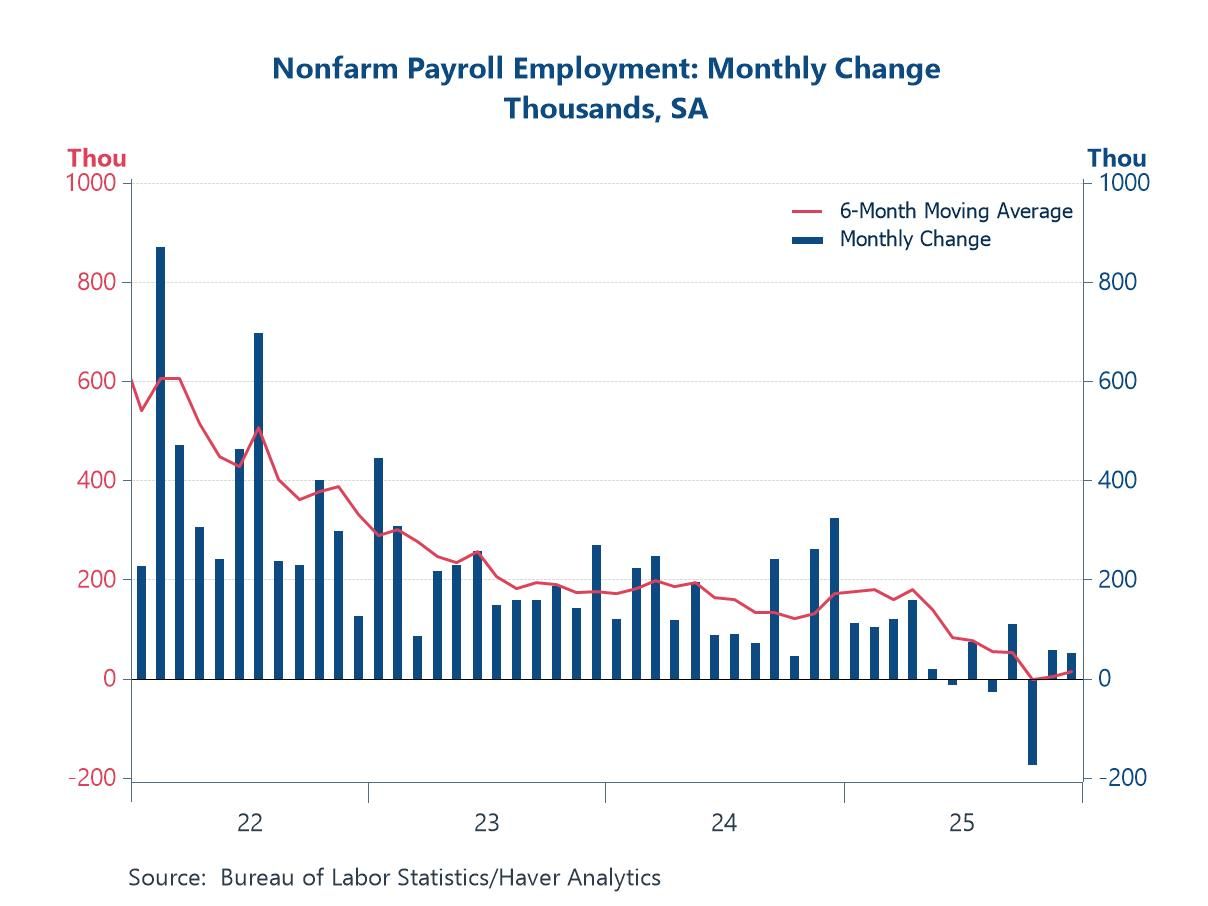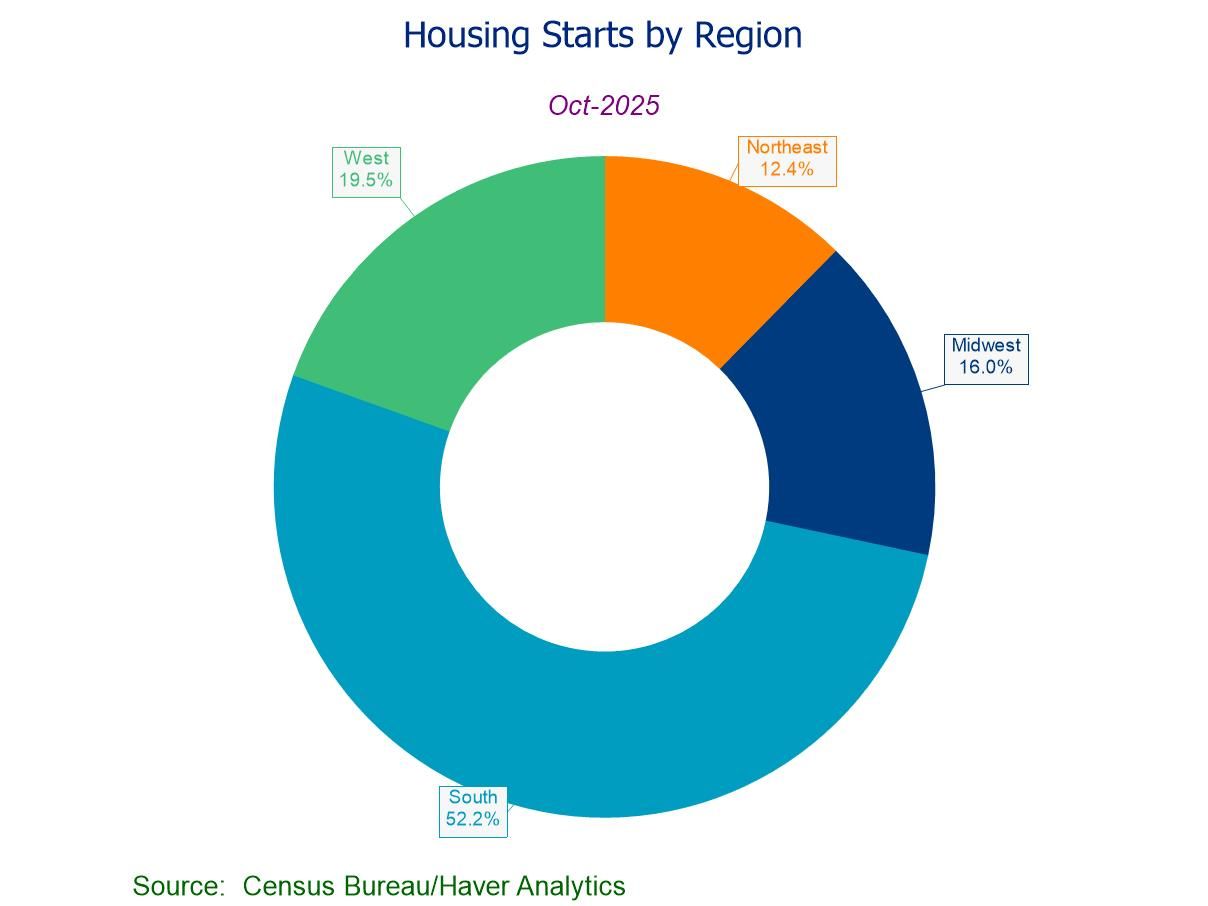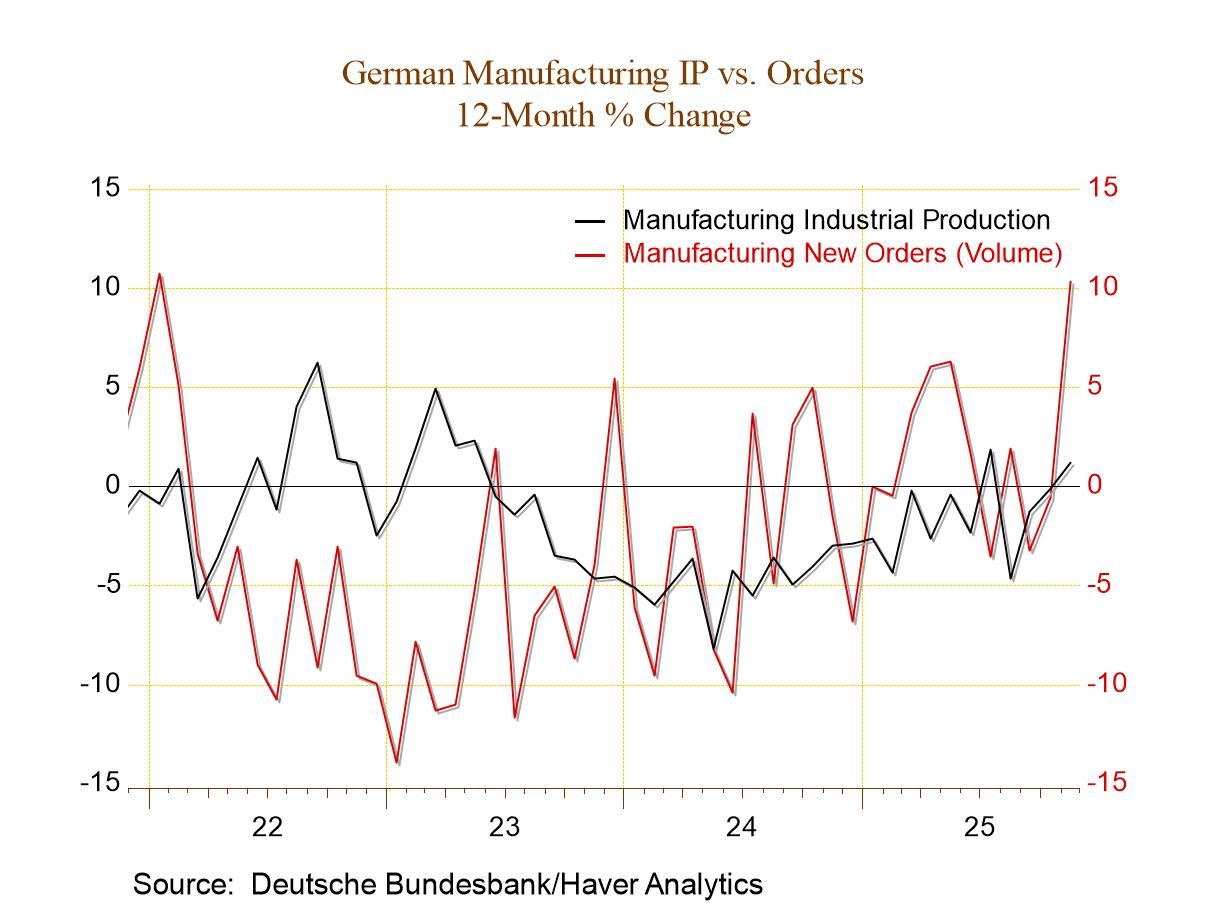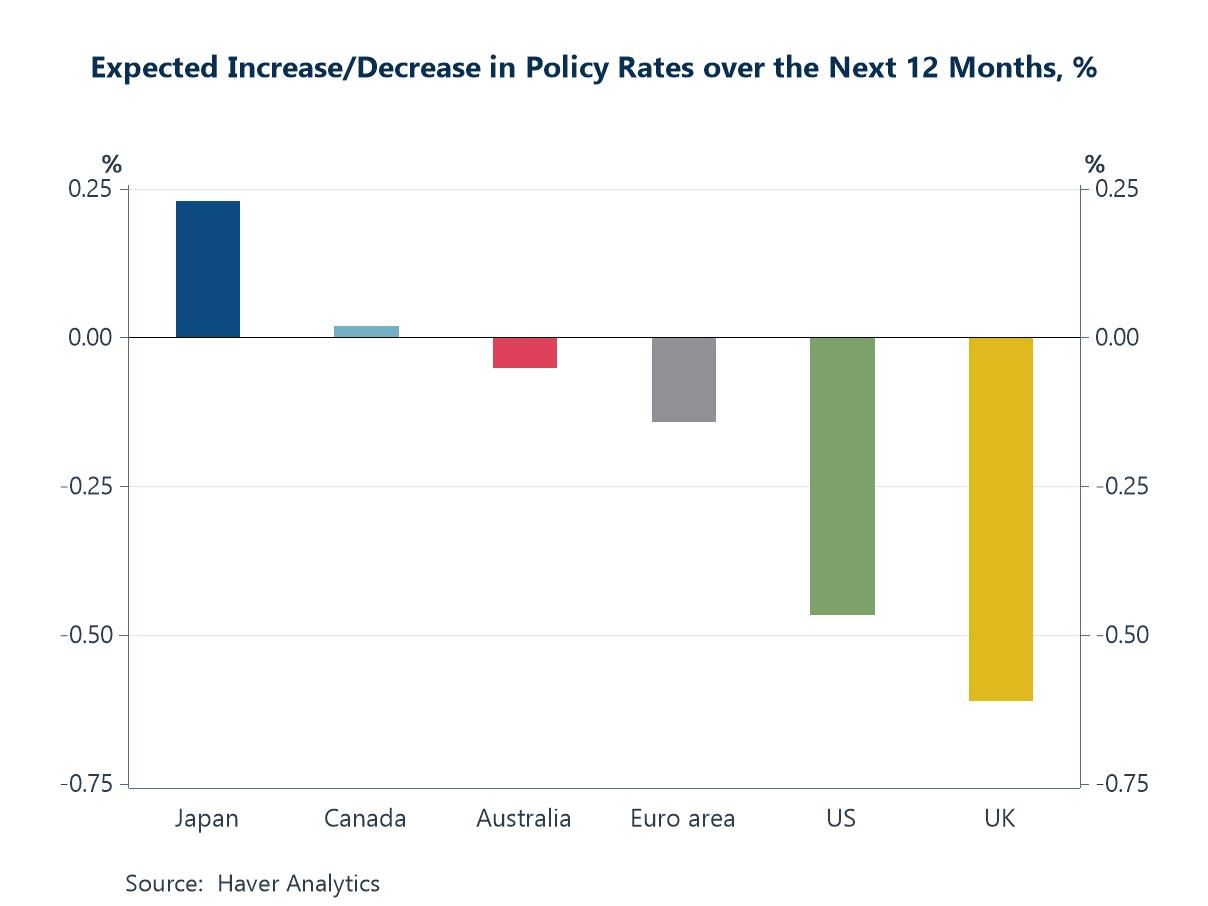Personal consumption expenditures increased 0.5% during August (4.1% y/y) following an unchanged July reading, revised from -0.1%. The rise matched the strongest gain since a 0.8% March increase. A 0.4% increase had been expected in the Action Economics Forecast Survey. When adjusted for price inflation, spending increased 0.5% (-2.6% y/y) following no change during July. Purchases of durable goods were quite strong. Real spending on motor vehicles led last month's spending with a 3.9% increase (10.2% y/y). That was accompanied by a 1.2% rise (6.1% y/y) in real consumption of home furnishings & appliances. Constant dollar spending on recreational vehicles gained 1.0% (9.2% y/y). Apparel spending rose 0.4% (2.0% y/y) in real terms and gasoline purchases improved 0.6% (0.8% y/y). Services spending rose 0.4% (1.8% y/y) in real terms as health care spending was unchanged (2.1% y/y) but recreation services jumped 2.0% (-1.1% y/y).
All this spending caused the personal saving rate to dip m/m to 5.4%, but that still was nearly the highest level since the end of 2012. The amount of personal saving declined 3.4% (+6.4% y/y) after a 3.0% July increase.
Personal income rose a modest 0.3% (4.3% y/y) following an unrevised 0.2% increase. The increase matched Consensus expectations. Wages & salaries rose 0.4% (5.1% y/y), the firmest gain in three months. Rental income jumped 1.0% (7.6% y/y) after a 0.8% rise. Proprietors' income declined 0.6% (+3.1% y/y). Earnings from dividends rose 0.3% (2.7% y/y) but interest income slipped 0.2% (+0.9% y/y) for the second straight month. Transfer payments improved 0.7% (5.2% y/y) following a 0.4% rise. The gain was led by a 2.0% jump (12.5% y/y) in Medicaid payments. Social security receipts increased 0.5% (4.3% y/y) but unemployment insurance benefits were unchanged (-35.7% y/y). Disposable personal income gained 0.3% (4.2% y/y) after a 0.2% improvement. In real terms, disposable income moved 0.3% higher (2.7% y/y), improving on a 0.1% uptick.
The chain price index was virtually unchanged in August (1.5% y/y) after a 0.1% uptick. Energy prices declined 2.7% (0.0% y/y) but food prices gained 0.3% (2.2% y/y) for a second straight month. Durable goods prices declined 0.2% (-2.2% y/y) while nondurable prices moved 0.6% lower (+0.8% y/y). Services prices increased 0.2% (2.3% y/y). Prices excluding food & energy edged 0.1% higher (1.5% y/y) for a second month.
The personal income & consumption figures are available in Haver's USECON and USNA databases. The consensus expectation figure is in the AS1REPNA database.
| Personal Income & Outlays (%) | Aug | Jul | Jun | Y/Y | 2013 | 2012 | 2011 |
|---|---|---|---|---|---|---|---|
| Personal Income | 0.3 | 0.2 | 0.5 | 4.3 | 2.2 | 5.2 | 6.2 |
| Wages & Salaries | 0.4 | 0.2 | 0.3 | 5.1 | 2.8 | 4.5 | 4.0 |
| Disposable Personal Income | 0.3 | 0.2 | 0.5 | 4.2 | 1.0 | 4.9 | 5.0 |
| Personal Consumption Expenditures | 0.5 | 0.0 | 0.5 | 4.1 | 3.6 | 3.7 | 4.8 |
| Personal Saving Rate | 5.4 | 5.6 | 5.4 | 5.3 (Aug '13) |
4.9 | 7.2 | 6.0 |
| PCE Chain Price Index | -0.0 | 0.1 | 0.2 | 1.5 | 1.2 | 1.8 | 2.5 |
| Less Food & Energy | 0.1 | 0.1 | 0.2 | 1.5 | 1.3 | 1.8 | 1.5 |
| Real Disposable Income | 0.3 | 0.1 | 0.3 | 2.7 | -0.2 | 3.0 | 2.5 |
| Real Personal Consumption Expenditures | 0.5 | -0.1 | 0.3 | 2.6 | 2.4 | 1.8 | 2.3 |


 Global
Global



